|
|
General: La Virgen de Fátima: la Guerra entre la Masonería y el Vaticano
Scegli un’altra bacheca |
|
Rispondi |
Messaggio 1 di 100 di questo argomento |
|
| Da: Alcoseri (Messaggio originale) |
Inviato: 26/02/2021 19:58 |
La Virgen de Fátima: la Guerra entre la Masonería y el Vaticano
Para muchos es bien sabido lo que sucedió en esa aparición Mariana de la Virgen de Fátima, pero muchos ignoran de la Batalla que se libró entre la Iglesia Católica y la Masonería Portuguesa en aquel momento de la historia; entiendo que la Masonería o mejor dicho los masones portugueses de aquella época, veían en aquel episodio un intento de la Iglesia por volver al poder político que les había sido arrebatado, pues veían en eso una farsa puesta en escena o un engaño de parte de los clérigos para engañar al pueblo y dominarlo. Todo esto suscitó uno de los tantos episodios en donde la Masonería y la Iglesia Católica se enfrentaron en un encuentro brutal, que hasta el día de hoy guarda heridas sin aún sanar. Y en esta ocasión abordaremos a profundidad este tema donde las proporciones resultan insospechadas , ya que hay mucho más detrás de lo que aparentemente podríamos visualizar a simple vista.
A diferencia de lo que mis hermanos masones portugueses, veían como una trama de la iglesia para dominar la escena política del Portugal de principios del siglo XX, yo veo algo más perturbador , y me tratare de explicar, yo soy un creyente en que esas apariciones marianas son reales , surgidas de los paranormal , de lo sobrenatural, para mí la Virgen María es un Ser Espiritual Real , y esto implica que , este Ser Espiritual al que denominan Virgen María , tiende a hacer lo que ella sabe bien hacer y es tratar de perdurar alimentándose de nuestras emanaciones , ya sean de forma positiva o por emanaciones negativas , esto es se alimenta de nuestras emociones , tal como un Egregor o un Golem energético, tal vez y no lo dudo este ser energético comenzó siendo esa niña judía que resultó embarazada del Dios Judío Jehová y luego madre del Niño Jesús , de ahí partió esa emanación; o bien se trata de la Diosa Femenina o la Madre Cósmica que se ha manifestado de diferentes formas a través de la historia humana.
En este caso , el Egregor Masónico y el Egregor de la Virgen de Fátima, tuvieron una batalla , por el domino político , o por el poder que en ese momento que resultaría clave para gran parte de la humanidad, así hasta nuestros días, y ambas fuerzas pelearían por este enclave tan importante para ambos Egrégores. Muchos ya sabrán algo de los Secretos de la Virgen de Fátima entregados al Papa de aquel momento , no sé si todos ya estarán a la luz publica pero creo no todo aún son revelados.
Pero , vayamos ahora mis aparecidos hermanos masones y mis tan amados hermanos No Masones al contexto de la Historia, sé bien que entre ustedes mis amados hay fervorosos devotos de la Santísima Virgen de Fátima, y también musulmanes fervientes devotos de Fátima la hija del Santo profeta Mohammed , y soy de los que entienden que Fátima la hija del Profeta , resultaría ser la misma Virgen de Fátima de Portugal.
Desde principios del siglo XX, Portugal ha sido forjado por corrientes políticas e ideológicas liberales anticlericales , vinculadas estrechamente a las logias masónicas, que buscan arrancar la fe dogmática del corazón de los habitantes del mundo . Las apariciones de 1917 en Fátima, por lo tanto, tuvieron lugar en un clima político y social muy abiertamente anticatólico.
Las actividades políticas masónicas de las que son influenciados los católicos de Portugal forman parte del contexto europeo envuelto de anticlericalismo y del contexto portugués de una antigua lucha masónicas contra la Iglesia política .
Podemos rastrear su origen hasta el marqués de Pombal (1699-1782), diplomático del rey, que se convirtió en primer ministro de José I. Miembro de las logias masónicas portuguesas, se opuso a la Iglesia y a los jesuitas. En concreto, tuvo que afrontar la gestión del terremoto de Lisboa (1755) que arrasó casi toda la ciudad y provocó la muerte de más de 15.000 personas. Para el francmasón Pombal y los filósofos de la Ilustración, incluido el francmasón Voltaire, este terremoto sirve rápidamente como pretexto para demostrar la inexistencia de Dios: ¿cómo pudo haber permitido que ocurriera tal catástrofe? Aprovechó la reconstrucción de la capital para expulsar a los jesuitas y apoderarse de la propiedad de la Iglesia. El espíritu anticlerical se va anclando así gradualmente en un Portugal impregnado de tradiciones religiosas y ofrece un extraño contraste con la gran piedad del mundo rural de Portugal .
La lucha entre mundo cristiano y el mundo masónico está en todas partes
La crisis se reanudó a principios del siglo XX. Mientras el gobierno francés toma medidas contra los católicos (expulsión de congregaciones religiosas), Portugal experimentará un gran malestar político. El rey Carlos I y el heredero de la corona fueron asesinados en 1908, Manuel II fue expulsado en 1910 y siguió la proclamación de una república laica y anticristiana, siguiendo el modelo masónico de la República Francesa -la de 1905- fuerte de su anti- leyes clericales aprobadas recientemente por el gobierno.
Casi todos los miembros del ejecutivo portugués pertenecen a las logias masónicas y están decididos a librar una lucha frontal contra la Iglesia. El asalto no solo se observa en Portugal. El viejo mundo cristiano está impactado en todos estos puntos cardinales: en Francia, Italia, España y México, de diferentes formas y en diferentes aplicaciones.
Las apariciones marianas a los pastores suenan a alarma para la Masonería Política Universal , y no solamente para la Masonería Portuguesa , porque despiertan el fervor popular que el gobierno busca sofocar y recordar a los habitantes sus raíces cristianas. La prensa local y nacional dominada por la Masonería sofoca la noticia y luego la desacredita cuando se difunde masivamente, pero los peregrinos acuden en masa.
El bombardeo contra la más mínima manifestación pública de la dogmática fe cristiana está en el origen del encarcelamiento de los niños videntes en agosto de 1917. El administrador del cantón de Vila Nova de Ourem, el francmasón Artur de Oliveira Santos, es un notorio anticlerical, "que es Masón hijo de la Viuda "también. Evidentemente, Nuestro Hermano masón no pudo soportar que sea en un territorio bajo su jurisdicción donde se produzcan las apariciones y una renovación de esta fe odiada para él . Tampoco puede quedarse de brazos cruzados a riesgo de perder su puesto político y su prestigio como masón .
Los niños Videntes amenazados de muerte
El político masón Artur de Oliveira Santos exige ver a los niños el 11 de agosto, lo que obliga a los padres de los jóvenes videntes a trasladarse de Fátima a Vila Nova. El interrogatorio es violento, El Masón Oliveira Santos amenaza a su vez a los pastorcitos con hervirlos para que revelen los secretos de las apariciones. El 13 de agosto se realiza un nuevo interrogatorio en casa del párroco, en presencia del administrador que desea impedir que los niños vayan al campo. Al finalizar el interrogatorio, obligó a los niños a subirse a su coche para llegar a Cova da Iria, pero antes de llegar allí cambió de ruta y se dirigió a su casa en Vila Nova. Al llegar a su casa, baja a los niños y los encierra en su propia casa.
Los interrogatorios se reanudan con fuerza hasta que los niños son enviados a prisión pública para prolongar la presión psicológica con la que el funcionario francmasón los abruma. Se trataba de hacerles decir que las apariciones eran solo mentiras. Los niños no dijeron nada y no revelaron ningún secreto, lo que puso al administrador fuera de sí. La multitud también se impacientó ante la escena de las apariciones y comenzó a manifestarse. La gente estaba con los videntes, el Masón Oliveira Santos a presión del pueblo los liberó el 15 de agosto.---
Este encarcelamiento no impidió la aparición del 13 de agosto y sus inexplicables fenómenos a los que asistieron varios miles de personas, precediendo por dos meses la “ danza del sol ”, que fue vista por una multitud aún más impresionante. Frustró definitivamente la política anticlerical de los notables masones de la región. Mientras tanto, en Cova da Iria, la multitud esperaba en vano a que llegaran los niños. Alguien anunció que el administrador los había eliminado. Se escuchó un violento trueno, luego apareció el reflejo de un relámpago y finalmente una pequeña nube se cernió sobre la encina donde la Virgen solía hablar a los niños. Esta nube pronto se levantó y desapareció, por lo que todos estaban convencidos de que Nuestra Señora ciertamente había venido.
Así fue que los masones hicieron la guerra a La Señora de Fátima.
Han pasado más de 100 años de esto y tanto la Masonería como el movimiento católico alrededor de la Virgen de Fátima siguen tan poderosos como lo eran en aquella época, la mayoría de mis hermanos masones seguirán pensando que lo de la aparición de la Virgen de Fátima no es más que una patraña , para Iglesia dominar y hacerse publicidad, para los católicos en su mayoría verán a la Masonería como la representante del Diablo en la Tierra. Para masones como yo , veremos que detrás de todo esto se encierra un gran movimiento de seres energéticos que devoran nuestras energías para alimentarse , como si fueran vampiros. Para los escépticos esto no es más que , una manifestación cultural , como tantas otras más , sin más trasfondo del delirio colectivo que produce histeria en los pueblos .
En el primer centenario de Fátima, nuestra Masonería sigue más activa que nunca, buscando sofocar del dogma del supuesto mensaje de la Virgen.
Alcoseri
Comentarios
Escribe un comentario público…
|
|
|
|
Rispondi |
Messaggio 86 di 100 di questo argomento |
|
July 13, 2024 will forever be remembered as the day they tried to kill Donald Trump, and failed. But what else happened on that date?
It was 107 years to the day Our Lady of Fatima appeared to the three shepherd children and gave them arguably her most important message among all her apparitions that year.
Did you know Trump kept a statue of Our Lady of Fatima in the White House during his tenure? Did she intervene, as she did for Pope John Paul II on May 13, 1981, to help save Trump's life — and for what purpose?
https://stellamaris.media/f/trump-fatima-the-deep-state-%7C-forward-boldly |
|
|
|
Rispondi |
Messaggio 87 di 100 di questo argomento |
|
Arthur James Balfour, I conde de Balfour, KG, OM, PC (25 de julio de 1848-19 de marzo de 1930) fue un político, aristócrata y estadista británico que se convirtió en el trigésimo tercer primer ministro de ese país.
|
|
|
|
Rispondi |
Messaggio 88 di 100 di questo argomento |
|
|
|
|
Rispondi |
Messaggio 89 di 100 di questo argomento |
|
|
|
|
Rispondi |
Messaggio 90 di 100 di questo argomento |
|
|
|
|
Rispondi |
Messaggio 91 di 100 di questo argomento |
|
|
|
|
Rispondi |
Messaggio 92 di 100 di questo argomento |
|
 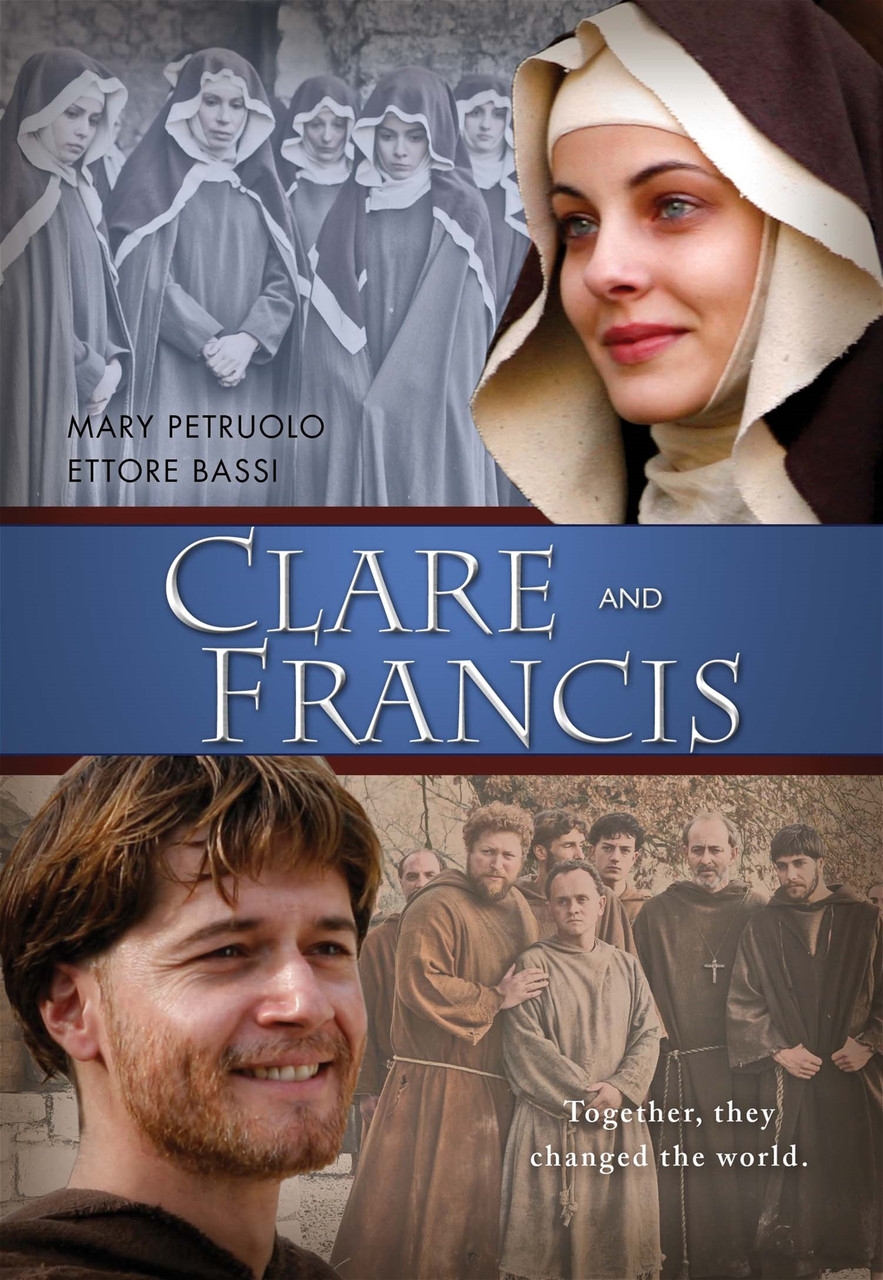 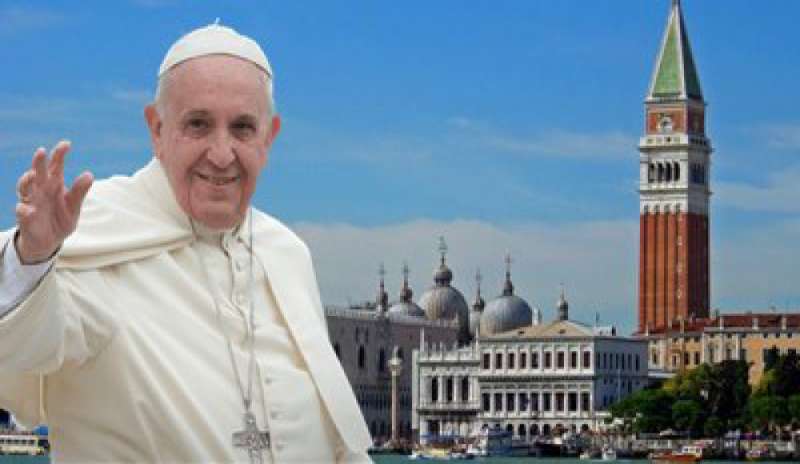 
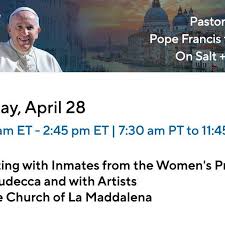
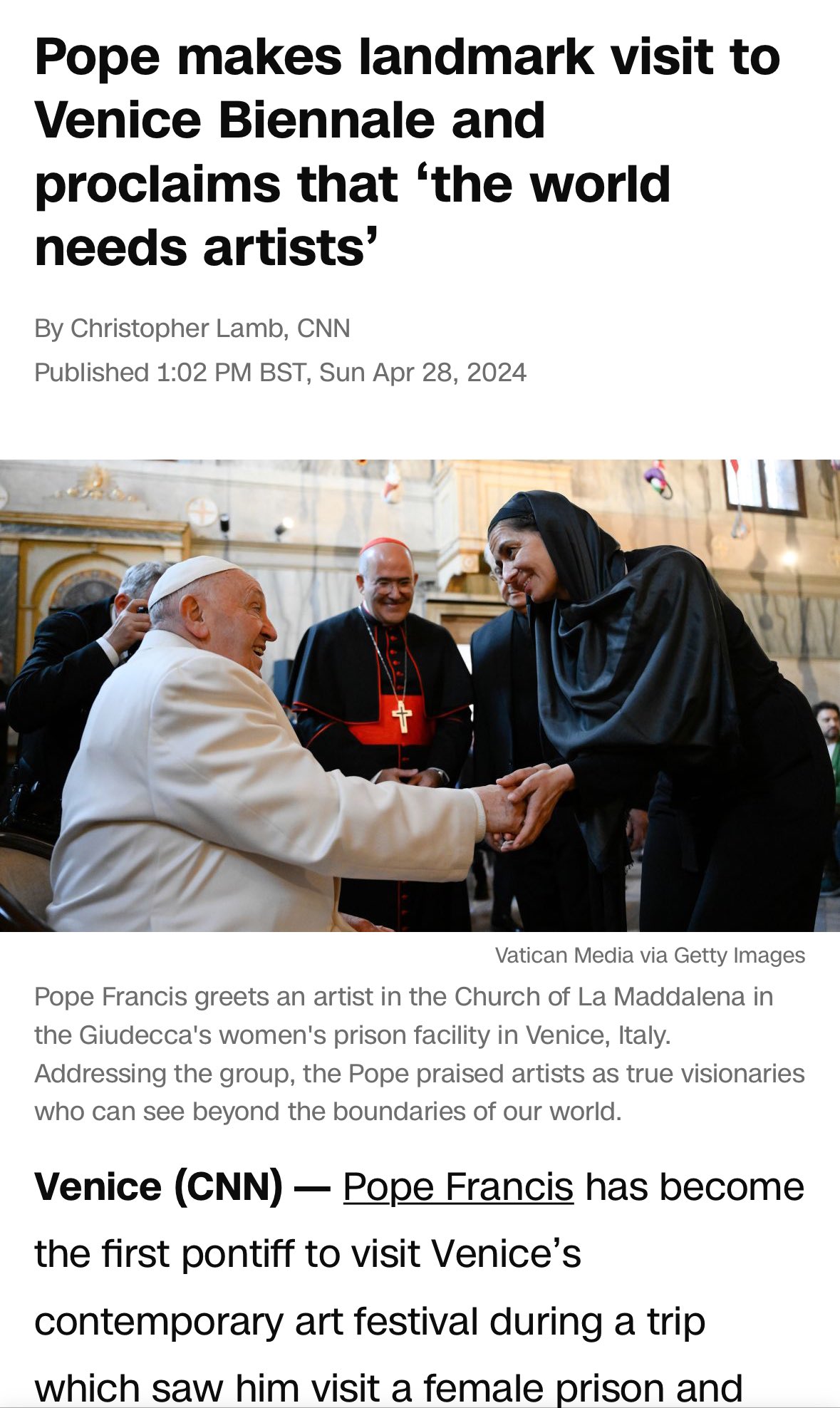
 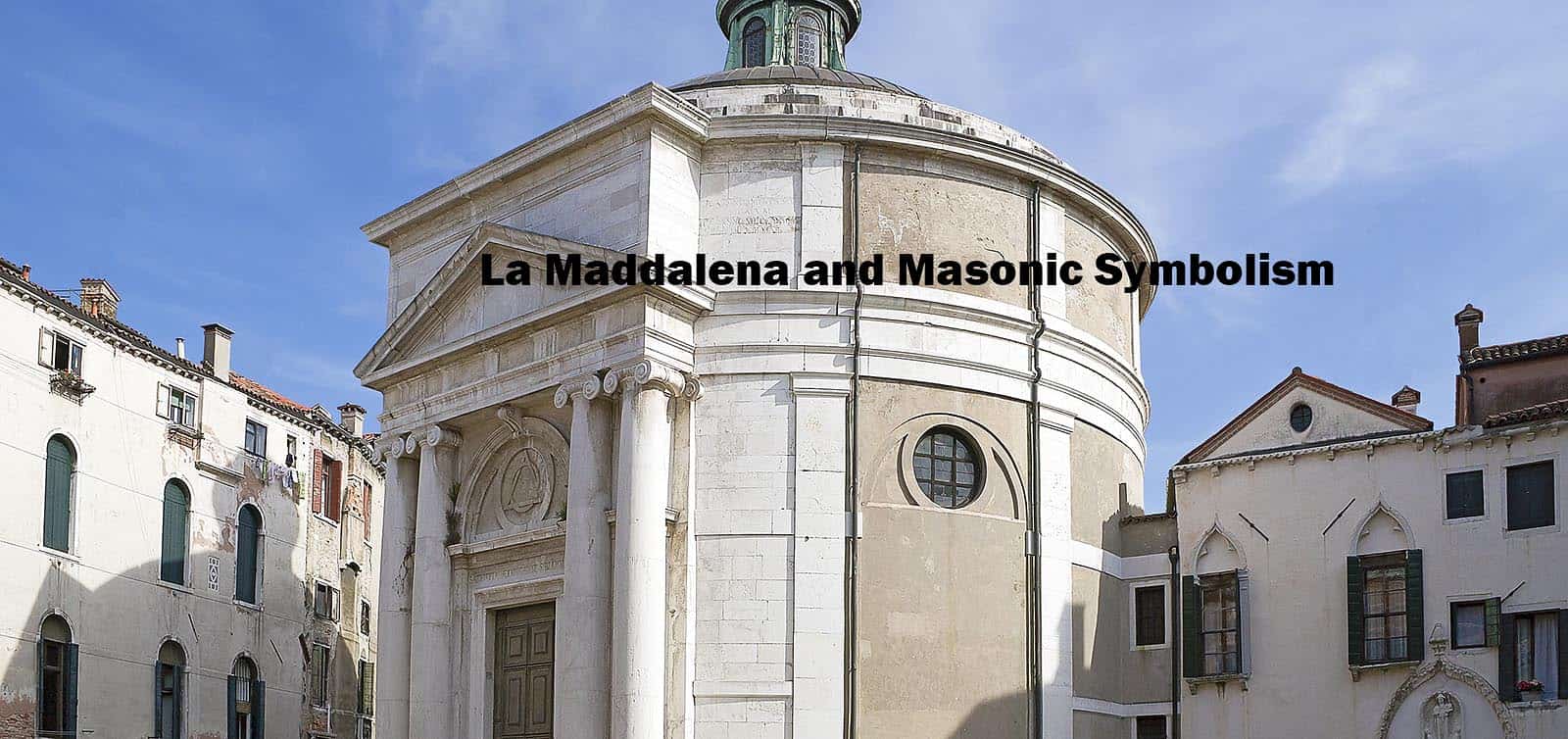      

New International VersionIt is as if the dew of Hermon were falling on Mount Zion. For there the LORD bestows his blessing, even life forevermore.
New Living TranslationHarmony is as refreshing as the dew from Mount Hermon that falls on the mountains of Zion. And there the LORD has pronounced his blessing, even life everlasting.
English Standard VersionIt is like the dew of Hermon, which falls on the mountains of Zion! For there the LORD has commanded the blessing, life forevermore.
Berean Standard BibleIt is like the dew of Hermon falling on the mountains of Zion. For there the LORD has bestowed the blessing of life forevermore.
King James BibleAs the dew of Hermon, and as the dew that descended upon the mountains of Zion: for there the LORD commanded the blessing, even life for evermore.
New King James VersionIt is like the dew of Hermon, Descending upon the mountains of Zion; For there the LORD commanded the blessing— Life forevermore.
New American Standard BibleIt is like the dew of Hermon Coming down upon the mountains of Zion; For the LORD commanded the blessing there—life forever.
NASB 1995It is like the dew of Hermon Coming down upon the mountains of Zion; For there the LORD commanded the blessing— life forever.
NASB 1977It is like the dew of Hermon, Coming down upon the mountains of Zion; For there the LORD commanded the blessing—life forever.
Legacy Standard BibleIt is like the dew of Hermon Coming down upon the mountains of Zion; For there, Yahweh commanded the blessing—life forever.
Amplified BibleIt is like the dew of [Mount] Hermon Coming down on the hills of Zion; For there the LORD has commanded the blessing: life forevermore.
Christian Standard BibleIt is like the dew of Hermon falling on the mountains of Zion. For there the LORD has appointed the blessing — life forevermore.
Holman Christian Standard BibleIt is like the dew of Hermon falling on the mountains of Zion. For there the LORD has appointed the blessing— life forevermore.
American Standard VersionLike the dew of Hermon, That cometh down upon the mountains of Zion: For there Jehovah commanded the blessing, Even life for evermore.
Contemporary English VersionIt is like the dew from Mount Hermon, falling on Zion's mountains, where the LORD has promised to bless his people with life forevermore.
English Revised VersionLike the dew of Hermon, that cometh down upon the mountains of Zion: for there the LORD commanded the blessing, even life for evermore.
GOD'S WORD® TranslationIt is like dew on [Mount] Hermon, dew which comes down on Zion's mountains. That is where the LORD promised the blessing of eternal life.
Good News TranslationIt is like the dew on Mount Hermon, falling on the hills of Zion. That is where the LORD has promised his blessing--life that never ends.
International Standard VersionIt is like the dew of Hermon falling on Zion's mountains. For there the LORD commanded his blessing— life everlasting.
Majority Standard BibleIt is like the dew of Hermon falling on the mountains of Zion. For there the LORD has bestowed the blessing of life forevermore.
NET BibleIt is like the dew of Hermon, which flows down upon the hills of Zion. Indeed that is where the LORD has decreed a blessing will be available--eternal life.
New Heart English Biblelike the dew of Hermon, that comes down on the hills of Zion: for there the LORD gives the blessing, even life forevermore.
Webster's Bible TranslationAs the dew of Hermon, and as the dew that descended upon the mountains of Zion: for there the LORD commanded the blessing, even life for ever.
World English Biblelike the dew of Hermon, that comes down on the hills of Zion; for there Yahweh gives the blessing, even life forever more.
Literal Translations
Literal Standard VersionAs dew of Hermon—That comes down on hills of Zion, "" For there YHWH commanded the blessing—Life for all time!
Young's Literal TranslationAs dew of Hermon -- That cometh down on hills of Zion, For there Jehovah commanded the blessing -- Life unto the age!
Smith's Literal TranslationAs the dew of Hermon coming down upon the mountains of Zion: for there Jehovah commanded the blessing, life even forever.
Catholic Translations
Douay-Rheims Bibleas the dew of Hermon, which descendeth upon mount Sion. For there the Lord hath commandeth blessing, and life for evermore.
Catholic Public Domain VersionIt is like the dew of Hermon, which descended from mount Zion. For in that place, the Lord has commanded a blessing, and life, even unto eternity.
New American BibleLike dew of Hermon coming down upon the mountains of Zion. There the LORD has decreed a blessing, life for evermore!
New Revised Standard VersionIt is like the dew of Hermon, which falls on the mountains of Zion. For there the LORD ordained his blessing, life forevermore.
Translations from Aramaic
Lamsa BibleLike the dew of Hermon that falls upon the mount of Zion; for there the LORD commanded the blessing, even life for evermore.
Peshitta Holy Bible TranslatedLike the dew of Hermon that descends upon the mountain of Zion, because there LORD JEHOVAH commanded the blessing and the Life unto eternity.
OT Translations
JPS Tanakh 1917Like the dew of Hermon, That cometh down upon the mountains of Zion; For there the LORD commanded the blessing, Even life for ever.
Brenton Septuagint TranslationAs the dew of Aermon, that comes down on the mountains of Sion: for there, the Lord commanded the blessing, even life for ever.
Additional Translations ...
|
 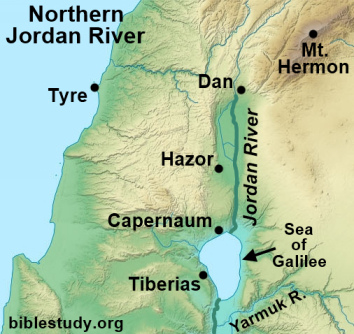    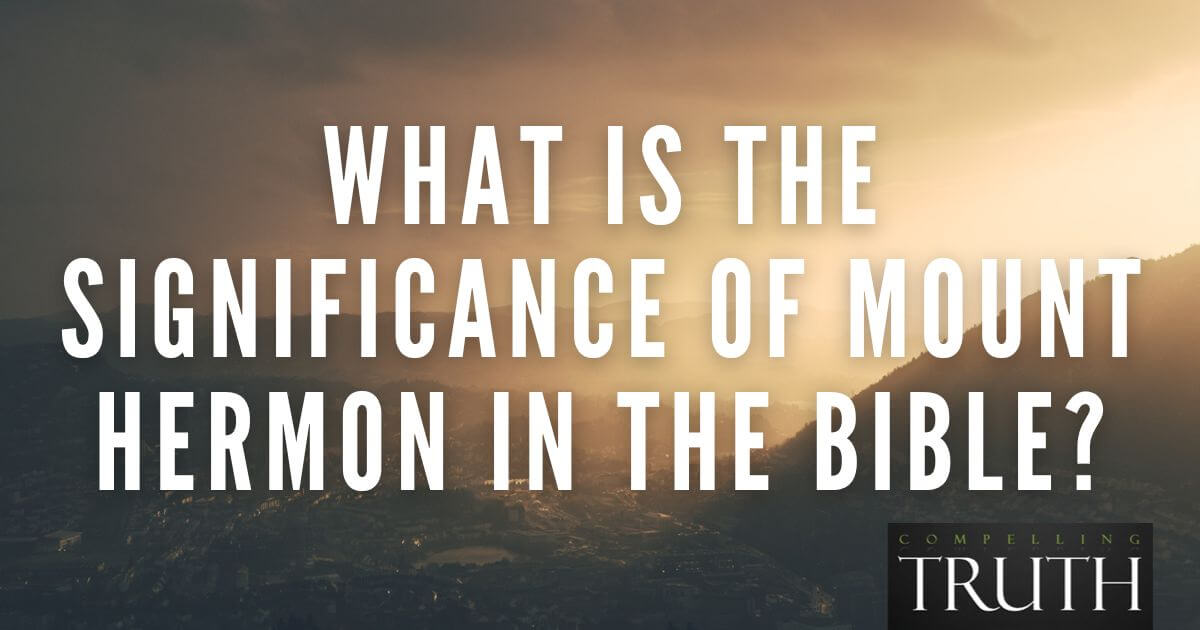 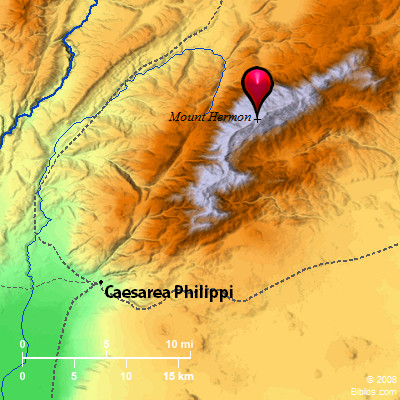 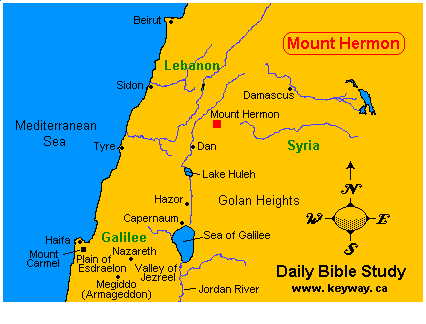 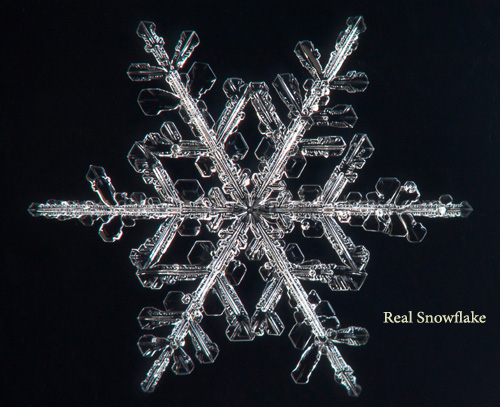  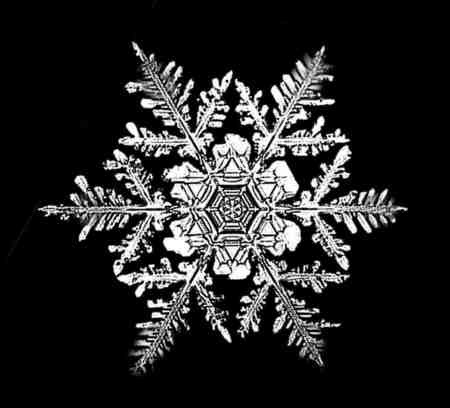  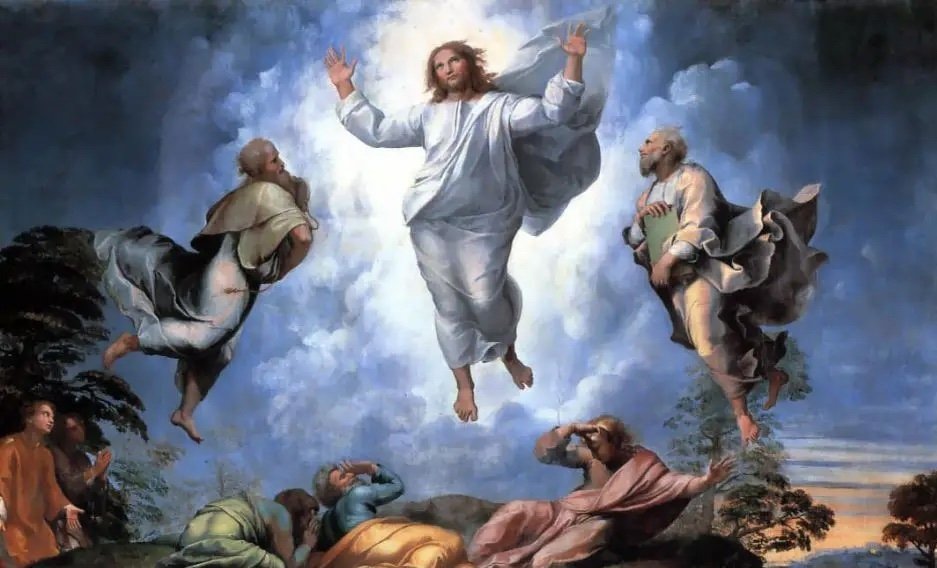  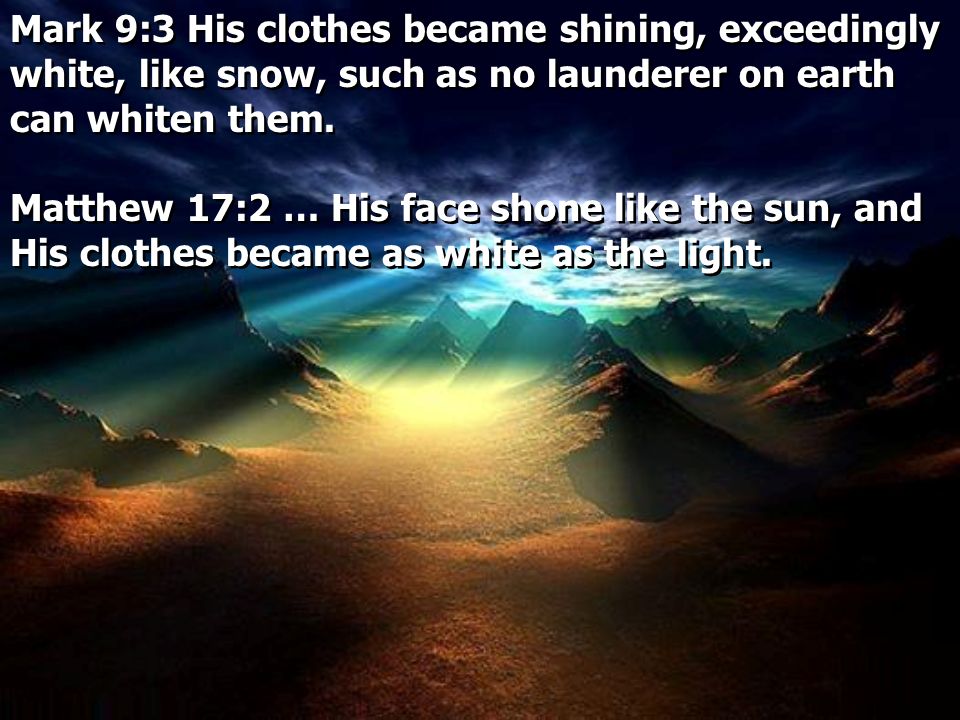 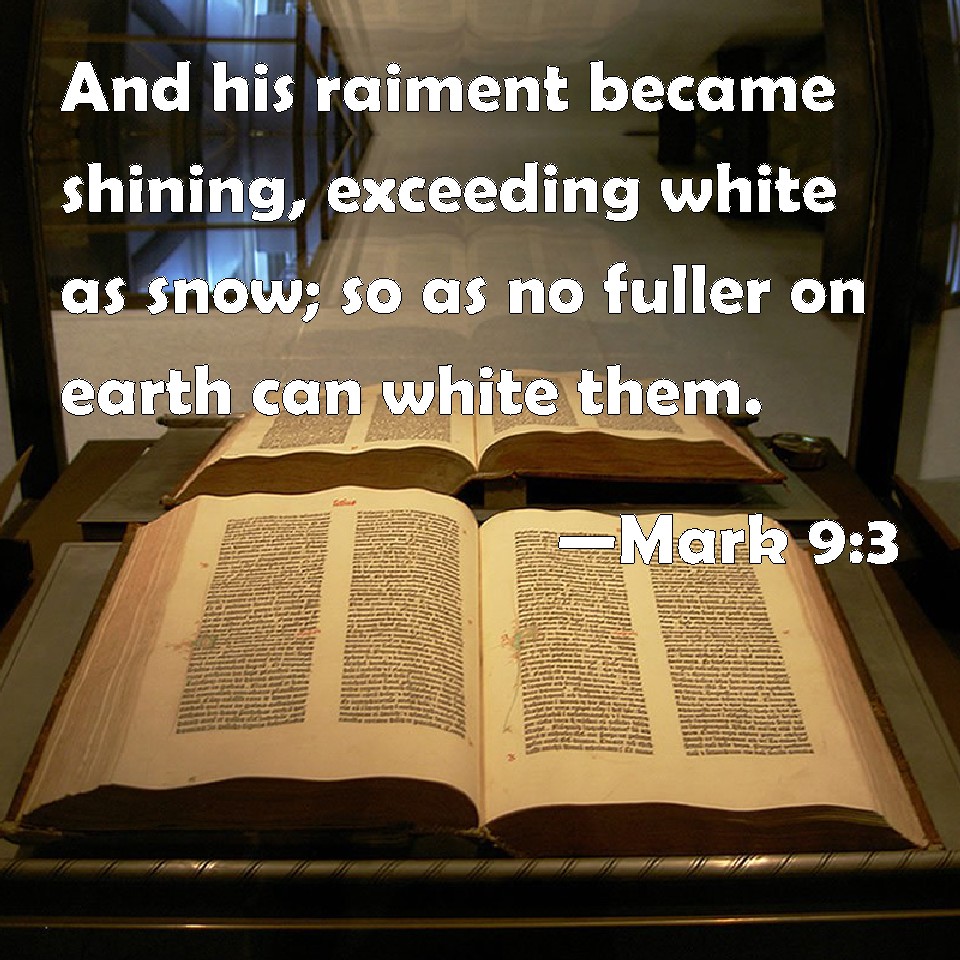 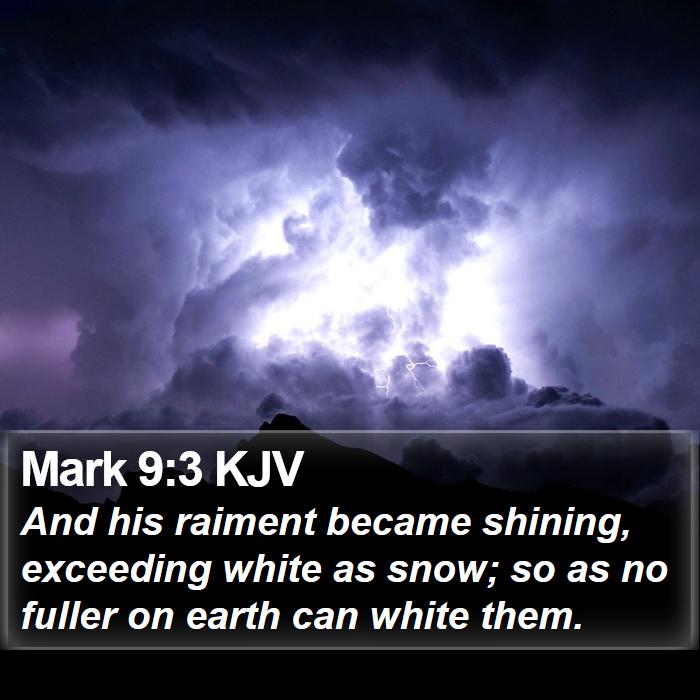
|
|
|
|
Rispondi |
Messaggio 93 di 100 di questo argomento |
|
|
FATIMA=SEPTEMBER 11TH (MARS)
|
|
|
|
|
FATIMA=SEPTEMBER 11TH (MARS)/TUESDAY
MAY 1TH 1917 (FATIMA) MARS/TUESDAY
DECEMBER 25TH 1917 (FATIMA) MARS/TUESDAY
JANUARY 1TH 1918 MARS/TUESDAY
|
|
|
|
|
|
|
Rispondi |
Messaggio 94 di 100 di questo argomento |
|
French President Emmanuel Macron, center, poses with President-elect Donald Trump, left, and Ukraine’s President Volodymyr Zelenskyy at the Elysee Palace, Saturday, Dec. 7, 2024 in Paris. (AP Photo/Aurelien Morissard)
https://www.wdtn.com/news/politics/ap-politics/ap-trump-is-traveling-to-paris-for-notre-dame-cathedrals-reopening-celebration-will-meet-with-macron/
|
|
|
|
Rispondi |
Messaggio 95 di 100 di questo argomento |
|
|
|
|
Rispondi |
Messaggio 96 di 100 di questo argomento |
|
|
|
|
Rispondi |
Messaggio 97 di 100 di questo argomento |
|
|
|
|
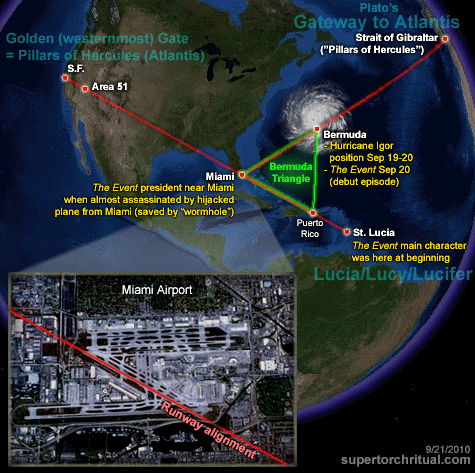
'Pillars of Hercules':
Quintessential geographical marker for Atlantis
per Plato's writings (said Atlantis lay beyond this gate)
https://www.goroadachi.com/etemenanki/updates-oct10.htm |
|
|
|
|
|
|
Rispondi |
Messaggio 98 di 100 di questo argomento |
|
|
|
|
Rispondi |
Messaggio 99 di 100 di questo argomento |
|
23RD JUNE, 2017 IN HISTORY, SOCIETY & CULTURE
Freemasonry: The first Masonic Grand Lodge
Over 300 years ago the Premier Grand Lodge of England, the first Masonic Grand Lodge in the world (now the United Grand Lodge of England), was founded in London to govern Freemasonry.
What is Freemasonry?
Dogged by conspiracy theories, implicated in countless political intrigues and long seen as a secretive, shadowy international society dominated by ancient rituals, there are very few people who can accurately or confidently describe who the Freemasons are or what they do. Yet Freemasonry is ‘one of the world’s oldest and largest non-religious, non-political, fraternal and charitable organisations’, according to the United Grand Lodge of England, the governing body of Freemasonry in England, which teaches ‘self-knowledge through participation in a progression of ceremonies’ and is ‘a society of men concerned with moral and spiritual values’. Working to make ‘good men better’, Masons call each other brothers because they believe they are all equal. Through charitable work they climb up the hierarchy, wearing traditional regalia to indicate their rank within the organisation. Generally, to be accepted for initiation as a regular Freemason a candidate must be male; aged over 21; come of his own free will; be of good morals, reputation and financial standing and believe in some kind of Supreme Being.
The basic, local organisational unit of Freemasonry is the Lodge, usually supervised and governed by a sovereign Grand Lodge, who meet regularly to conduct organisational business, elect new members, have dinners and perform ceremonies to confer Masonic degrees. The bulk of Masonic ritual consists of degree ceremonies, through which candidates are progressively initiated in to Freemasonry. There are three basic degree levels: Entered Apprentice, Fellow Craft and Master Mason.
 A masonic initiation, based on an engraving by Gabanon dated 1745
A Grand Lodge
The first Grand Lodge was founded only a few years after George I, the first Hanoverian king of the Kingdom of Great Britain, ascended to the throne in August 1714 and the end of the first Jacobite rising of 1715. Officially, the Grand Lodge was founded on 24 June 1717, St. John the Baptist’s day, when four existing Lodges gathered at the Goose and Gridiron alehouse in St Paul’s churchyard, London and constituted themselves as a Grand Lodge. It is this date which is often cited as the ‘founding’ day of Freemasonry in its modern sense.
 The Goose and Gridiron alehouse, where the Grand Lodge of England was founded
The four Lodges, which had existed for some time, had previously met together in 1716 at the Apple Tree Tavern and resolved to hold an annual assembly and feast and choose a Grand Master from amongst themselves. All four Lodges were simply named after the public houses in which they met: the Goose and Gridiron alehouse (now called Lodge of Antiquity No.2); the Crown alehouse in Parker’s Lane, off Drury Lane; the Apple Tree Tavern in Charles Street, Covent Garden (now called Lodge of Fortitude and Old Cumberland No.12); and the Rummer and Grapes tavern in Channel Row, Westminster (now called Royal Somerset House and Inverness Lodge No. IV). The new body became known as the Grand Lodge of London and Westminster, later calling itself the Grand Lodge of England (although convention calls it the Premier Grand Lodge of England to distinguish it from its rival the Ancient Grand Lodge of England). Anthony Sayer, believed to be the oldest of the existing Master Masons, was elected the first Grand Master, although little is known about him. The next, George Payne, was the last commoner to serve as Grand Master – he rose to a high position within the Commissioners of Taxes and served as Grand Master twice in 1718-19 and 1720-21. The year in between was taken by John Theophilus Desaguliers, an eminent scientist, clergyman, Fellow of the Royal Society and pupil of Sir Isaac Newton. Thereafter, in what might be regarded as a deliberate attempt to raise the profile of the organisation, every Grand Master has been a member of the nobility.
The Constitutions of the Free-Masons
Since no records were taken until 1723, the early history of the Grand Lodge is uncertain. However, in 1720 Payne took it upon himself to write the General Regulations of a Free Mason, which were later incorporated into Revd. Dr. James Anderson’s The Constitutions of the Free-Masons, which was published in 1723 and contained the history, charges, regulations of ‘that most ancient and right worshipful fraternity’ to be used in Lodges in London and Westminster. According to Anderson, he was commissioned to digest the old ‘Gothic Constitutions’ in palatable, modern form and, for the first time, all of freemasonry, except for the ritual, was available in a printed book. Anderson’s Constitutions claim that the history of Freemasonry is ancient, tracing the fraternity back to biblical roots. Whilst it is generally accepted that much of this is based on myth and legend and therefore unreliable, the work remains a milestone in masonic history and the claim that Freemasonry dates back to ancient times continues to be repeated to this day. So important was Anderson’s work, it was reprinted in 1734 by one of the Founding Fathers of the United States, Benjamin Franklin, who in that year was elected Grand Master of the Masons in Philadelphia.
By the time Anderson’s rule book was published in 1723, the Grand Lodge was meeting quarterly and had extended its authority outside London. By 1725 there were lodges at Bath, Bristol, Norwich, Chichester, Chester, Reading, Gosport, Camarthen, Salford, Warwick and embryonic Provincial Grand Lodges in Cheshire and South Wales. The first Grand Lodge of Ireland was also established that year.
History of Freemasonry
The history of Freemasonry is generally separated into two time periods: before and after the formation of the Grand Lodge of England in 1717. The facts and origins of Freemasonry before the Grand Lodge existed are not absolutely known and are still subject to intense speculation. Most Masonic scholars believe that it descends from the emergence of organised lodges of operative stone masons who built the cathedrals and castles of the Middle Ages, but in its ritual context Freemasonry employs an allegorical myth – that the fraternity was founded by the builders of King Solomon’s Temple in Jerusalem. Other popular theories as to the origins of Freemasonry include: it is a direct descendant of the Knights Templar; the construction of the Rosslyn Chapel in Scotland being the interface between the Knights Templar and Freemasonry; it was created by Francis Bacon, Oliver Cromwell or Stuart pretenders to the British Crown; it was a result of Sir Christopher Wren and the rebuilding of St. Paul’s Cathedral.
‘Antients’ and ‘Moderns’
Throughout the early years of the new Grand Lodge many Lodges never affiliated with it. These independent Masons and Lodges were referred to as ‘Old Masons’, ‘St. John Masons’ or St. John Lodges’. In 1725 a lodge in York founded the rival Grand Lodge of All England in protest against the growing influence of the Grand Lodge of England and in the 1730s and 1740s antipathy between the two Grand Lodges, and those of Scotland and Ireland, increased when some Masons considered the Grand Lodge of England to have deviated considerably from the ancient practices of the Craft.
Things rose to a head, when, in 1751, representatives from a group of mostly Irish unaffiliated Lodges met at the Turk’s Head Tavern in Greek Street, Soho – to form the Grand Committee of a new, rival Grand Lodge, which they call The Most Antient and Honourable Society of Free and Accepted Masons. This society – ‘The Antients’ – practiced a more ancient form of Masonry, which they considered to be purer and more authentic and grew rapidly under the influence of Laurence Dermott, who was Grand Secretary from 1752 to 1771 and Grand Master intermittently after. The Antients referred to those affiliated to the Grand Lodge of England using the derogatory epithet ‘The Moderns’.
Union
In the 1790s relations between these two major English Freemasonry bodies thawed, and on 27 December 1813 (the day of Saint John the Evangelist), after four years of negotiations the Grand Lodge of England and Antient Grand Lodge of England came together to form the United Grand Lodge of England (UGLE) with the Duke of Sussex as Grand Master.
 Freemasons’ Hall, London, is home to the United Grand Lodge of England
 Freemasons’ Hall, London c. 1809
https://thehistorypress.co.uk/article/freemasonry-the-first-masonic-grand-lodge/
|
|
|
|
Rispondi |
Messaggio 100 di 100 di questo argomento |
|
Deep Impact Shockwave
Late July-Early August 2017 Window
By Goro
July 23, 2017
Watching late July-early August 2017 is like watching a monster sunspot on the Sun, waiting for a big explosion. Lots temporal/multicontextual energy building up and ready to pop via an intense convergence of multiple time markers including a Mayan golden ratio timeline coming from two back-to-back "Deep Impact" events in early July 2005, as well as a "Lucifer Alignment" (Venus-Sun-Jupiter) with a very consistent and ominous track record. Each of them is capable of producing a powerful "X-class flare" independently but here we got two monster "sunspots" together, ready to erupt with their combined force. So... heads up.
Mayan Deep Impact Phi Echo
I use a couple of highly-charged temporal anchor points from the past with this time code:
1) Early July 2015: Two back-t-back "Deep Impact" events above and below
 
[NASA Deep Impact smacking a comet]
 
[London deadly terror bombings]
2) December 21, 2012: The "end" of the Mayan calendar
Together and via the golden ratio they pinpoint the future window July 31-August 2, 2017:
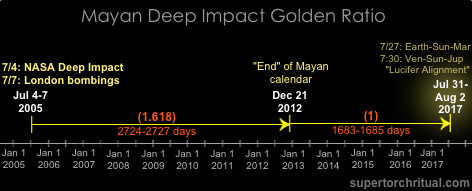
Note: The Mayan calendar "end date" has a good track record with this type of time codes especially with the golden ratio. Why I keep using them.
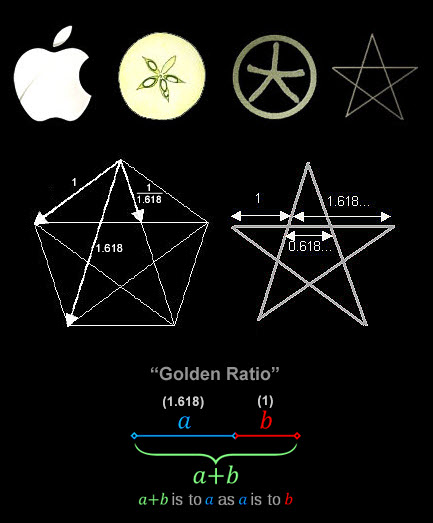
Lucifer Alignment
This one is a heliocentric alignment involving Venus, the Sun and Jupiter (i.e. either Sun-Venus-Jupiter or Venus-Sun-Jupiter). Until a few years ago what I call the "Orange/Golden Apple Alignment" (Venus-Sun-Mercury) had the same level of energy and consistency. Now the torch has been passed to the "Lucifer Alignment". Its track record speaks for itself:
- 4/25/2015 Sun-Ven-Jup [4/25 Nepal mega quake]
- 8/22/2015 Ven-Sun-Jup [8/20-25 stock market turmoil]
- 12/17/2015 Sun-Ven-Jup [12/18 Dow plunges 367 points]
- 4/14/2016 Ven-Sun-Jup [4/14-16 Japan quakes, 4/16 Ecuador mega quake]
- 8/9/2016 Sun-Ven-Jup (along equinox axis) [Russia cyber warfare, Trump campaign turmoil, Rio Olympics]
- 12/6/2016 Ven-Sun-Jup [12/6 Indonesia quake , 12/8 quake off California, 12/8 Solomon Islands quake/tsunami, 12/8 John Glenn dead]
- 4/2/2017 Sun-Ven-Jup [4/2-3 St. Petersburg, Russia metro explosion 11 dead; nuclear signals]
- 7/30/2017 Ven-Sun-Jup
Roughly every 4 month it's been wrecking havoc in the world like clockwork, not skipping one beat. Let's take a closer look...
~April 25, 2015 (Sun-Venus-Jupiter)
Followed by...
~August 21-22, 2015 (Venus-Sun-Jupiter)

Stock market chaos...
Followed by...
~December 17, 2015 (Sun-Venus-Jupiter)
Big financial events/market plunge again...
Followed by...
~August 9, 2016 (Sun-Venus-Jupiter) 
The Rio Olympics, the start of the Trump-Russia affair and the cyber warfare chaos affecting the US election. Plus the Trump campaign in major turmoil.
Followed by...
~December 6, 2016 (Venus-Sun-Jupiter)
Massive fire killing 36 in Oakland...
Followed by not one, not two, but three major earthquakes...
Followed by...
~April 2, 2017 (Sun-Venus-Jupiter)
 A terrorist bombing in Saint Petersburg, Russia...
Plus many "nuclear" signals, most notably via North Korea and the Gorsuch confirmation "nuclear option".
Followed by... A terrorist bombing in Saint Petersburg, Russia...
Plus many "nuclear" signals, most notably via North Korea and the Gorsuch confirmation "nuclear option".
Followed by...
~July 30, 2017 (Venus-Sun-Jupiter)
* * *
That's where we are with the "Lucifer Alignment" sequence. This is a powerful pattern that hasn't skipped a beat so far and this time it's amplified by a Mayan Deep Impact phi "shock wave" (plus some other things), making late July-early August one of the most intense windows of 2017.It's a monster "sunspot". It won't necessarily erupt but it certainly harbors enough energy for an "X-class flare". We can probably expect some dramatic fireworks before the Great American Total Solar Eclipse coming up on August 21st. The eclipse will be by far the biggest celestial event of the year of course and as those in the members area ( STRUG) know the symbolic depth and intensity of the eclipse is off the charts.
We are crossing a major Threshold in 2017. Into a new reality...Oh, and there is also a big change coming soon that you're not expecting.
Want more rapid and in-depth updates? Jump to the...
https://www.goroadachi.com/etemenanki/deepimpact-shockwave.html |
|
|
 Primo Primo
 Precedente
86 a 100 de 100
Successivo Precedente
86 a 100 de 100
Successivo
 Ultimo
Ultimo

|
|
| |
|
|
©2025 - Gabitos - Tutti i diritti riservati | |
|
|

